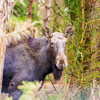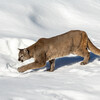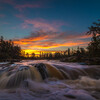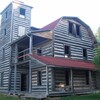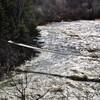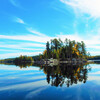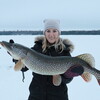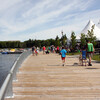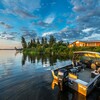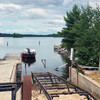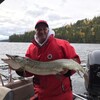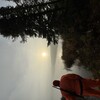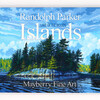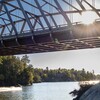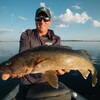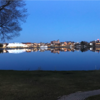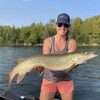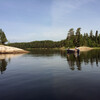
The Experience of a Lifetime
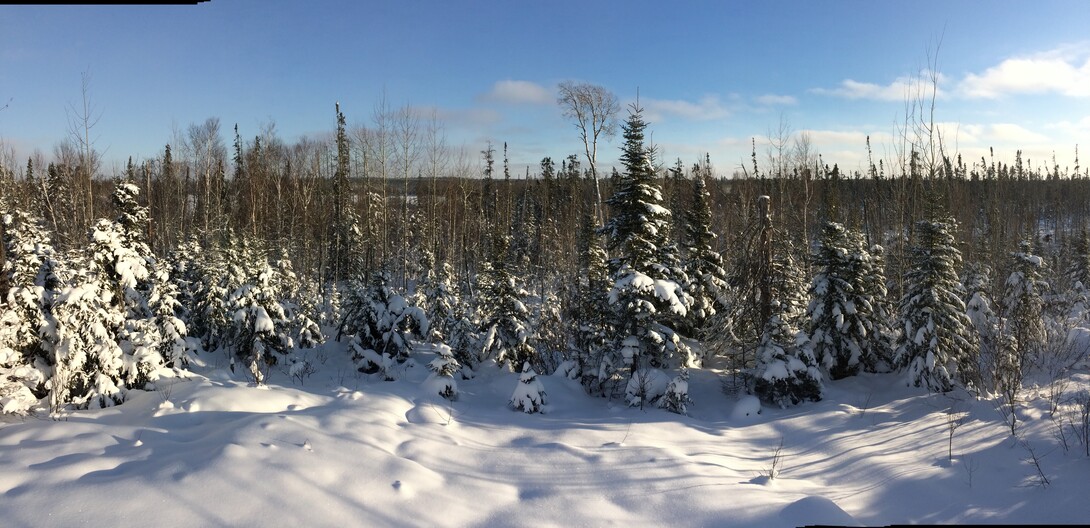
Let it snow, let it snow, let it snow!
With the last crisp days of fall approaching, the inevitability of another Canadian winter in Sunset Country starts to hit home. But our response doesn't have to be one of dread, in fact, it should be one of celebration as the forest's renewal begins with the first snows and the plunging temperatures. While the forest quiets in some ways, a winter walk under its canopy will make you open your eyes and see things you've never seen before! The key is to understand the transitions that occur in the boreal during the winter months. Here's everything you need to know about how winter affects our beautiful region.

What is the Boreal Ecozone?
Well, it's big, covering 100 million acres in a massive ring wrapping around the globe and generally, located between 50 and 60 degrees latitude north of the equator. Most of the boreal is located in Canada and in Siberia. According to Natural Resources Canada:
Within its massive boundaries is an abundance of wildlife, mammals, birds, even reptiles, and amphibians which eke out a tough living in its harsh conditions.

Winter's Impact on the Boreal
In Sunset Country, the first snows usually come before Halloween but they usually melt shortly after. By mid-November, however, daytime temperatures stay below freezing, and the snows that fall stick around until spring. The colder November temperatures bring some dramatic changes in the boreal:
- Animals that hibernate–such as bears–begin their long winter sleep.
- Lakes, rivers, and streams begin to freeze over.
- Most migratory birds have been gone since mid-October but the stragglers–usually geese and gulls–leave until spring returns.
- Deer and other ungulates that must endure winter put on the feed bags and consume whatever vegetation is left.
- November is the start of the annual "rut" where moose and deer mate.
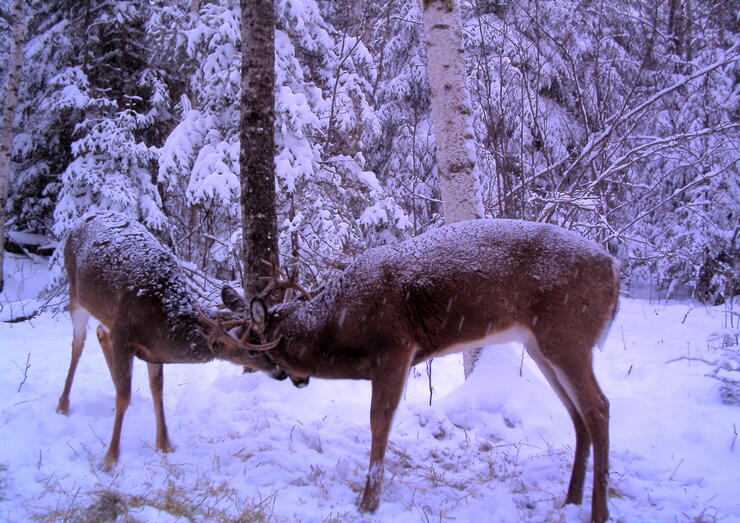
Animal Adaptations in a Boreal Winter
Animals are forced to adapt to the winter conditions and some, like bears and marmots, hibernate while others stick it out by increasing their insulation against cold weather. Grouse grow a thick down and wolves' coats thicken considerably. Ungulates such as deer and moose also have thicker fur and larger body masses in the boreal and a unique system that traps air and body heat between a wool-like inner layer and a hollow outer layer, keeping them warm on extremely cold days.
The predator/prey relationship changes in the winter as well. Boreal predators such as lynx and wolves have adapted large paws with a surface area that helps them stay on top of the snow. A lynx has two special adaptations–a heavy layer of fur between its paws allowing them to stay above the snow and maintain stealth as they quietly stalk its prey, and they also grow a protective "beard" in the winter to keep its face warm in the bitter cold.
Gray wolves are also highly adapted to hunting in the snow. In addition to their large paws, wolves have the ability to spread them apart as they run and they have long claws allowing them to grip snow while running on top of it. Studies have shown wolves running close to 45 miles per hour over snow while chasing down prey.
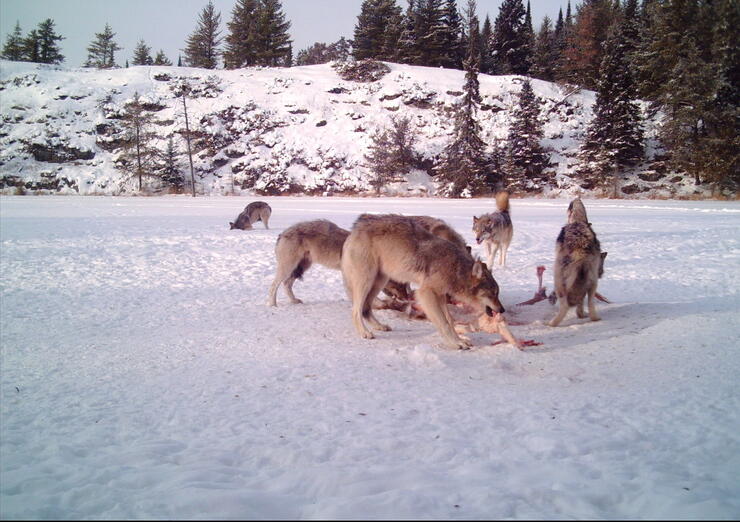
Prey species such as deer and moose already have a major food issue with the lack of plant growth but to their credit, they have adapted to give themselves a fighting chance against wolves–their main predator. Moose and to a lesser extent whitetail deer have large, hoofed shape feet which gives them the ability to not sink as deep in the snow. These hooves are also useful for foraging through the snow to get at vegetation buried underneath. Both deer and moose have dual outer and inner layers of fur with the hollow outer layer trapping heat - snow doesn't melt on the back of a whitetail deer or moose–that is how efficient their fur is in keeping them warm.
So while winter is tough on wildlife in the boreal, each species has adapted to deal with it. One of the good things for us is that wildlife is more on the move during the winter with deer and moose constantly in search of food and they are willing to come out more in the open where they can be photographed–if you're lucky. The snowy white background and lack of vegetation also make it easier to see them.
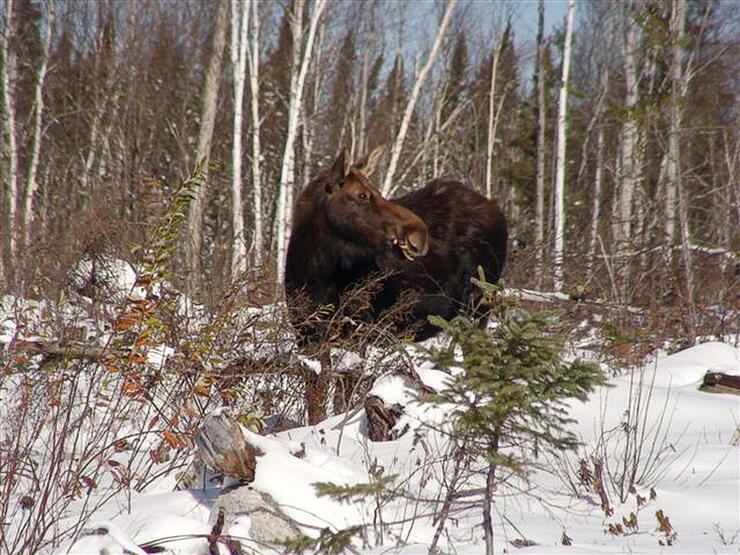
Short Days, Long Nights = clear skies and northern lights
Most visitors to Sunset Country come in the summer, and experience the long days with the sun not dipping below the horizon until late–or until 9:30 PM on the summer solstice (June 21st). Compare this to when it sets on the winter solstice (December 21) at 4:19 PM–there is a 5-hour, 11-minute difference! This is one of the more profound changes in the boreal and when the sun goes down, so do the temperatures. This leads to adaptations in certain birds such as grosbeaks which can store food in a pouch and digest it overnight while waiting for the morning sun to return–over 15 hours after it sets!
The cold weather throughout the long winters usually means high pressure predominates and that leads to crystal clear skies for days (and nights) on end. Coupled with the fact we have naturally dark skies, observing the heavens is easy and winter is certainly the best time of year to stargaze or search for the elusive aurora borealis.
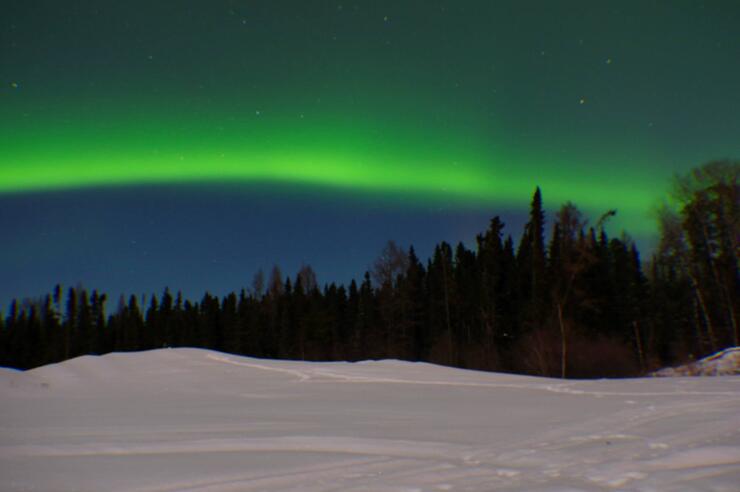
Winter is About Embracing Change
Transitions–that's really what winter is about. Once you understand how these changes happen you'll come around to why winter is something to celebrate. There are ways you can keep warm by layering up and once you are in the boreal surrounded by the snowy spruce and pines, the wind is often a non-issue. So don't dread the onset of winter, embrace it instead. In Sunset Country, the changes winter brings are truly magical, and it's all waiting for you to discover on your next trip to the boreal.
Winter is exactly that! If you want to do some real outdoor adventures, winter also has many opportunities for extreme fun. Here is a good summary of 5 things winter adventures to experience in Ontario's Sunset Country.
Recommended Articles

Is the 1,400 Kilometre Drive to Northwest Ontario For a Fishing Trip Worth it?

6 Ways to Get Your 10,000 Steps This Fall

Top 5 Reasons You Should Be Fishing in Morson, Ontario

Has not having a passport kept you from vacationing in Canada?

Discover The Winnipeg River

Enjoy Sunset Country's Fall Colours on Your Next Road Trip

Fishing in the Fall?

6 Reasons to Book a Fall Vacation to Sunset Country

10 Reasons to Avoid Ontario

A Guide to Sunset Country Museums

5 Amazing Sights You Can Only See By Boat

Fall Fishing Tips
5 Essential Boreal Experiences in Ontario's Sunset Country

5 Obscure Facts About Northwestern Ontario: Were You Aware of These?
Outdoor Medicine

A Guide to Bringing Your Pets on Vacation to Canada

Heading Across Canada?

There's more than just fishing in the Red Lake Region

Going fishing in Ontario?

Outdoor Adventure in Ontario's Northern Paradise
Planning A Family Fishing Trip to Canada

Tips from a Fishing Legend

Going Fishing in Canada?

